About Korea
APPC15 will be in a fully online format except for very few hybrid sessions.
The conference center in Gyeongju will not be used.
The onsite part of hybrid sessions will be at the conference headquarter at Yonsei University in
Seoul, South Korea.
About Gyeongju, Korea
Gyeongju is the capital city of the ancient kingdom of Silla (57 BC - 935 AD). A vast number of archaeological sites and cultural properties remain in the city. Seokguram grotto, Bulguksa temple, Gyeongju Historic Areas, and Yangdong Folk Village are World Heritage Sites of UNESCO. Situated in southeastern Korea, Gyeongju is accessible by two major international airports: Incheon International Airport (ICN) and Gimhae International Airport (PUS).
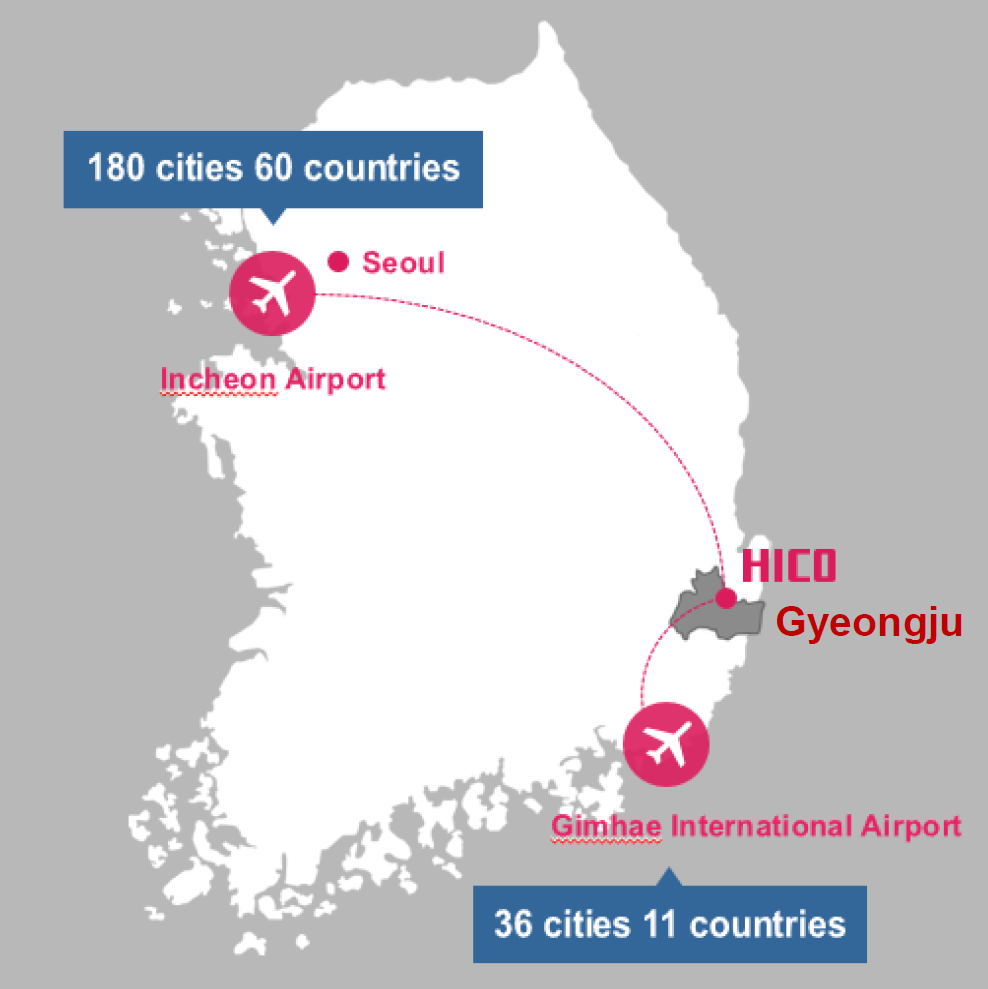
HICO Convention Center is surrounded by a wide range of accommodations within walking distance, from super deluxe hotels to economical options. In total, there are 2,105 rooms in 10 hotels and lodging facilities within a 2 km radius of HICO.
Tourist Attractions: UNESCO World Heritage Sites
Bulguksa Temple
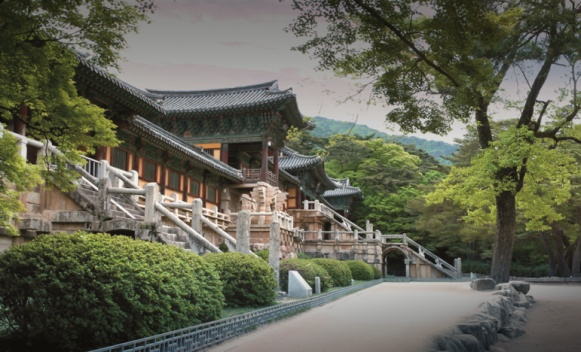
One of Korea’s best known temples, Bulguksa is a testimony to both the skills of Silla architects and the depth of Buddhist faith. While most of the wooden buildings have been rebuilt over the centuries, all the stone bridges, stairways and pagodas are original. The temple, originally built in 528 and expanded in 751, was designated a UNESCO World Heritage Site in 1995.
Seokguram Grotto
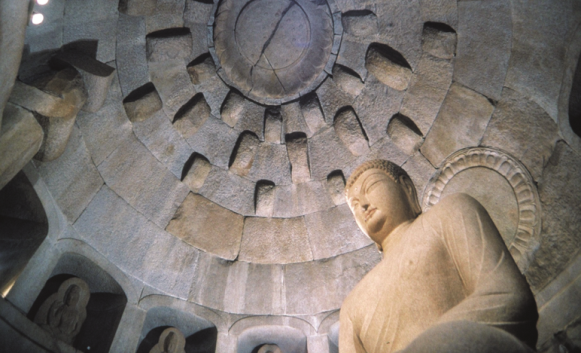
Dating back to the same period as Bulguksa Temple, Seokguram is one of the world’s finest Buddha shrines. Surrounded by bodhisattvas and guardian deities, the serene central statue of Buddha gazes out over the forested hills and across the East Sea to the horizon. In 1995, Seokguram Grotto was added to UNESCO’s prestigious World Heritage list.
Gyeongju Historic Areas
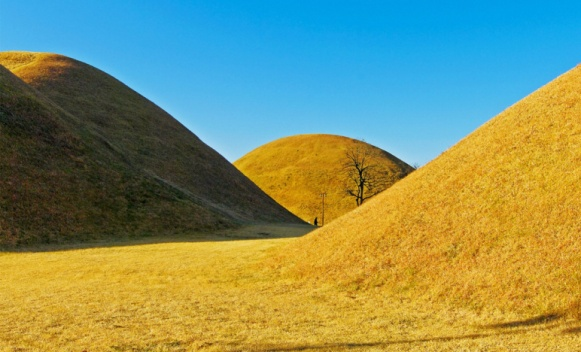
Gyeongju Historic Areas which embody the time-honored history and culture of Gyeongju can be divided into 5 major sections: Namsan, Wolseong, Daereungwon, Hwangnyongsa, and Sanseong. There are a total of 52 designated cultural assets that are registered as World Cultural Heritages and the area itself was designated a UNESCO World Heritage Site in 2000.
Yangdong Village
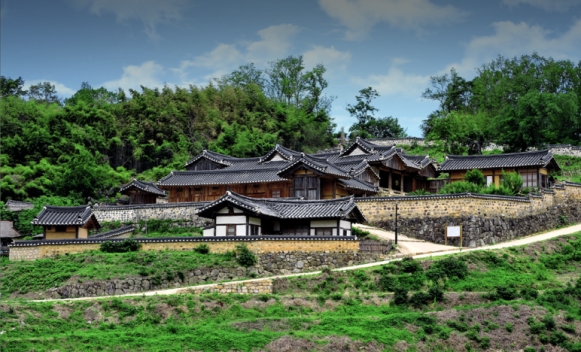
Yangdong Village in Gyeongju has maintained the traditions of a typical clan-based village for over 550 years, dating back to the Joseon Dynasty (1394-1910). The village consists of more than 150 hanoks (traditional houses), including 54 houses that are over 200 years old. Inhabited by the Wolseong Son and Yeogang Lee families, Yangdong was registered as an important Folk Material of Korea and a UNESCO World Heritage Site in 2010.